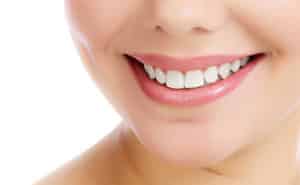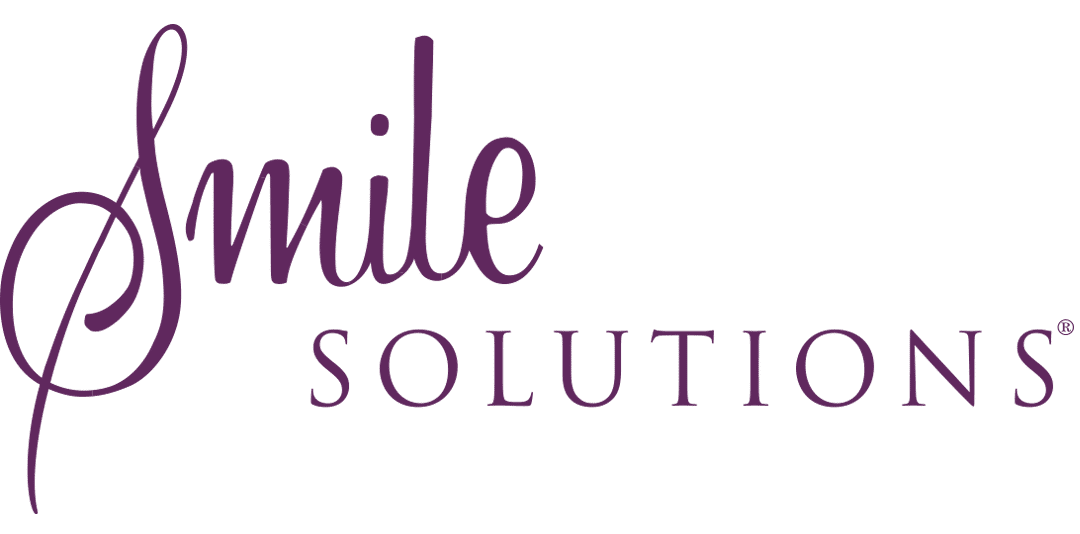In dentistry, the word occlusion refers to the position of the teeth when the jaws are closed.
In the case of a healthy occlusion, the top and bottom teeth line up with one another.
When the teeth don’t line up very well as they bite together, we call this a malocclusion, or “bad bite”.
Typical causes of a malocclusion/bad bite are crooked teeth; extra teeth (referred to as crowding); or problems with the jaw bone, joint or surrounding musculature.
Two kinds of concerns can arise:
- Functional – for example, wear of the teeth (or fillings or crowns), jaw pain and headache.
- Aesthetic – usually crooked teeth and/or receding gums.
Where moderate to severe malocclusion is present, it should be treated with orthodontics – the discipline that specialises in the diagnosis, prevention and treatment of this dental problem.

Orthodontists offer various treatment options, including removal of extra teeth, replacing missing teeth, muscle relaxation techniques, and even jaw surgery. However, the most common orthodontic treatment is teeth straightening.
It’s interesting to note that teeth straightening is nothing new. Ancient fossils have been discovered with evidence of metal bands wound around the teeth, or with crude retainers in place (thought to prevent the arch collapsing in the afterlife).[1] It was in the eighteenth century that a French dentist, Pierre Fauchard, pioneered various dental instruments, including a U-shaped piece of iron, known as a blandeau, to expand the arch. Later, this method was used, in conjunction with the practice of removal of the premolar teeth, to treat overcrowding.
A more modern version of orthodontics is commonly accepted to have originated around the mid-nineteenth century, when Edward Angle introduced Angle’s classification method of malocclusion. Around this time, the wire crib, gum elastics and rubber banding were introduced into treatment, fundamentally resembling the concept of braces as we know them today.
At Smile Solutions, we offer treatment by specialist orthodontists in the form of both traditional metal and wire braces, lingual braces (which sit behind the teeth), clear plastic aligners (otherwise known as Invisalign) and retainers.
If you suspect you or a loved one may have problems with a bad bite, we recommend you call Smile Solutions today on 13 13 96 to book an assessment with one of our friendly orthodontists.
